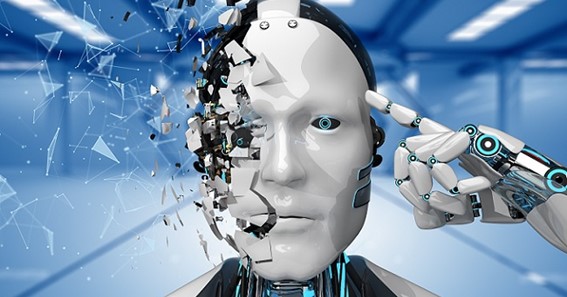Deep learning is a form of machine learning that uses neural networks to identify patterns in data without being explicitly programmed. This technology has been around for decades, but recent advances have made it more accessible to businesses of all sizes as a way to solve complex problems with fewer resources. As a growing number of businesses are adopting deep learning for enhancing the services that they offer to their customers there is also an increase in job opportunities for deep learning. This is why deep learning is now being taught in almost all PG programs with placement guarantees.
However, before you get ready to dive into deep learning you should learn about the different ways in which companies are using AI in general and deep learning in particular. Here are some of the ways companies are using deep learning today:
- Fraud Detection
The most common use case for deep learning is fraud detection. Fraudsters are constantly finding new ways to steal money and commit identity fraud, so it’s important that businesses stay on top of the latest fraud tactics and protect their customers from becoming victims. Fraud detection software can be used across industries — from insurance claims adjusters investigating potentially fraudulent claims to banks looking for online banking account takeover attempts and retailers checking customer loyalty card purchases against loyalty program fraud.
Click here – Tips For Your Very Own Home Theatre
- Genomics
Deep learning algorithms are helpful when analyzing large amounts of genomic data, which can contain hundreds of thousands or even millions of DNA sequences at once. Genomics researchers use deep learning algorithms to analyze genomic data sets for patterns to identify genetic variations that may be associated with diseases such as cancer or Parkinson’s disease.
- Customer Relationship
Customer relationship management (CRM) is a popular application of deep learning. CRM software helps companies manage everything from leads, to sales, to client retention.
The technology can help identify trends in customers and their buying behaviour. It can also be used to find the best methods for reaching out to them. For example, it can help companies determine which social media platforms are most effective for reaching specific groups of people based on their interests and preferences.
Click here – Five Benefits of Air Track Mat
- Computer Vision
The ability to “see” and process visual information is one of the most important abilities for humans and machines alike. Deep learning algorithms have been used for decades in image recognition tasks such as facial recognition, text detection, object detection and so on. Today, deep neural networks (DNNs) are widely used for image processing tasks such as noticing symptoms of covid in public places or detecting defects on industrial machinery parts during assembly. Deep learning has also been widely adopted by self-driving car manufacturers such as Tesla or Waymo (Google). In order to recognize objects around them while driving, they rely on DNNs trained using millions of images collected over several years of driving experience (even before these cars were even available to consumers!). Computer vision is an extremely important aspect of deep learning as it opens up the door to multiple job opportunities. Hence if you have trouble selecting the best deep learning course choose the one that deals with computer vision at length.
- Composing Music
Deep Learning-based generative models develop raw audio into music, which can then be reproduced by a human musician or computer. The model uses large amounts of data to learn patterns and relationships between sounds that can be used to generate new music. The model learns the properties of human-made music and then applies them to its output. This is an area of research with many potential applications, including AI-assisted music composition.
- Automatic Translation of Text
Automatic translation of text, images and audio is one of the most popular applications of deep learning. The basic idea behind this application is to train the model on large amounts of data, which may be sourced from different languages or even different sources within one language. The model learns from this data and can then be used as part of an automated translation process.
- Automatic Translation of Images
This application works similarly to the automatic translation of text but uses images rather than words as input. This application is particularly useful for translating medical images such as CT scans or X-rays into readable reports by doctors who don’t speak the same language as the patient being scanned.






